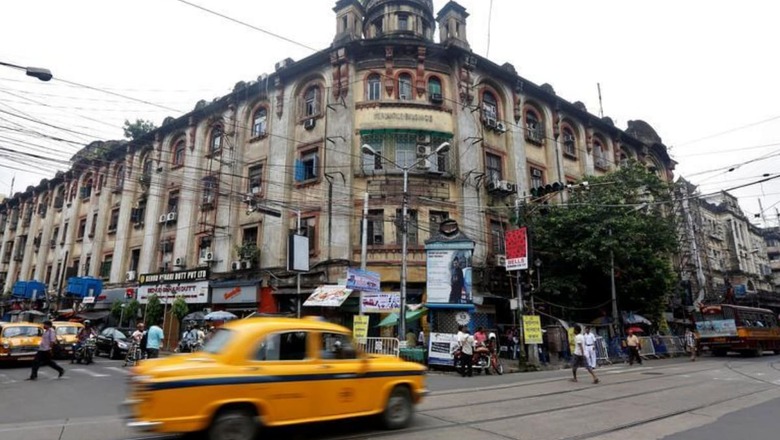
views
The first ships from the East India Company landed in the port city of Calcutta in the state of West Bengal in the year 1960. Sitting pretty on the east bank of the river Hoogli, Calcutta is one of the oldest towns of colonial India. On August 24, many of the present-day Kolkata residents celebrated what was said to be the the 330th birthday of the city of Calcutta.
However, the story of the Calcutta’s birthday is tied to the story of how it was founded by the British, Job Charnock in particular. Incidentally, both the stories are just that – stories and not facts.
Q.What is the origin of Calcutta?
The creation of the first capital city of India is often credited to British trader Job Charnock. The East India Company administrator is said to have been posted at Hoogli by the Company when he was driven out of area by the Mughal Viceroy. August 24, 1690, has often been touted as the foundation day or birthday of Calcutta as it was on this day that Charnock was said to have arrived at Sutanuti, one of the three villages that went on to constitute the city of Calcutta. Charnock is often credited as the ‘founder’ and chief-architect of Calcutta.
Q.Is Job Charnock really the ‘founder’ of Kolkata?
As it turned out, Charnock was not the real “founder” of Kolkata. In 2003, Kolkata High Court ruled that the Britisher cannot really be called the “founder” of Kolkata since the villages he ‘found’ and designed into what is today the city of Kolkata including the villages of Sutanuti, Hijili and Kalikata. The court ruled that even though Charnock arrived in Sutanuti in August, the villages existed much before the East India Company’s arrival. Calcutta began as a trading centre for the East India Company upon the behest of their Bengal agent Charnock who is said to have joined Sutanuti, Kolikata and Gobindapur, to form urban Calcutta. Despite Charnock’s efforts on behalf of the East India Company to consolidate and establish an early version of Calcutta by combining the three port villages, the Court held that Charnock cannot wholly be called the “founder” of these villages as people already existed in those places before his arrival in the late 1600s.
Q.When was Calcutta really set up?
As far as ‘ownership’ goes, Calcutta – meaning the villages that made up British Calcutta, was indeed ‘owned’ by a family of Indian patrons. The Sabarna Ray Choudhury Paribar Parishad represents the family that claims descent from ancestors who were granted lands in the area including the village of Sutanuti and Koliata.
The family contested the popular belief about Charnock being the ‘founder’ of Kolkata by claiming that members of the Ray Chaudhary family had been given the village of Sutanuti along with other areas by the Mughal kingdom in Bengal. The lands had later been leased to the British. They even produced documents to prove their ownership and also traced documents owned by Charnock’s son Sir Charles Eyre which prove that the ownership of the the villages which now form Kolkata only passed on to Charnock after his death.
To claim that Charnock ‘founded’ Calcutta overnight would go against the organic forming of cities. A sharp businesman, Charnock chose Sutanuti which was already a lively trading town in Mughal India in the 16th, 17th and 18th century. The formation of a cities is a cultural phenomenon and it occurs over time. In recent years, several researchers have also found evidence of the existence of a pre-British version of the final ‘Calcutta’. Putting a date to mark the exact moment of its creation not only negates years of sociological research into the evolution of human cities and society, but also the perhaps unrecorded or undiscovered history of the people who existed in the place before the coloial era.
Q.What was Job Charnock’s role in the creation of Calcutta?
While the High Court was right in claiming that villages that constituted colonial Calcutta were not established by Charnock or the British Raj itself, Charnock’s ambition-driven doggedness toward setting up a East Indian Company frontier along the Eastern border of India that he could control on his own terms played a huge role in the the creation of present day Calcutta. If it weren’t for his determination to set up shop in Sutanuti and the adjoining villages of Gobindopur and Kolikata, Calcutta – the first capital of British India, may never have been formed. But on paper, he is not the ‘founder’ of the city.
Q.Does Kolkata still celebrate its ‘birthday’ on August 24?
The 2003 High Court judgement ruled out August 24 as the Calcutta’s birthday, stating that the since the villages that formed Calcutta already existed (Calcutta itself is an Anglicisation of Kolikata) before Charnock’s arrrival. That does not deter some from celebrating the day just to eulogise a city that they have grown to love.
Taking to Twitter on August 24, quiz master and Kolkata resident Joy Bhattacharya posted a nostalgic tweet on social media in which he seemed to recall his favourite things about the ‘City of Joy’ while sharing a photo of legendary Bengali filmmakers Mrinal Sen and Satyajit Ray.
Two absolute masters of their art. And books, cigarettes, tea, adda. They could have been chatting about anything from Brazilian football to the films of Billy Wilder to the best use of a 'poddar ilish maach.'Remembering the Calcutta I love so much on her 330th birthday. pic.twitter.com/TlFeeAwIyE— Joy Bhattacharjya (@joybhattacharj) August 24, 2020
Countless others shared birthday wishes for the city with photos of various nooks and corners of Kolkata. The 330th anniversary of the city also struck a nostalgic chord among many Kolkata residents who have been stuck away from home due to the coronavirus lockdown.
I'm soo sorry I'm late but HAPPY BIRTHDAY to the City of Joy!!My hometown, my Kolkata ♥️I honestly am so proud to be living in this beautiful city ♥️My home forever ♥️#Kolkata pic.twitter.com/G3gEGhwXyA— Joey Tribbiani (@Sandwich_wale) August 25, 2020
A beautiful series of photos celebrating Kolkata on the city’s birthdayHave a look at the thread if you’ve not seen it @UKinKolkata @ArchaeoNomad @heritagewalkcal @ajitha27 @NickDLow https://t.co/3FVyjcjQZU— Kieran Drake (@Kieran_drake) August 24, 2020
On the 330th birthday of Calcutta/Kolkata, missing it pretty bad in these shut-in plague times. Ah for a few drinks out with friends and some nocturnal rambling through its grotty labyrinth again. pic.twitter.com/FWskvsF6LC— Indrapramit Das (@IndrapramitDas) August 24, 2020
Despite a court ruling against Charnock and East India Company’s claim to founding Calcutta, it seems the date has emotional value to residents as it gives them yet another reason to celebrate their city. After all, what’s a ‘City of Joy’ without a birthday?












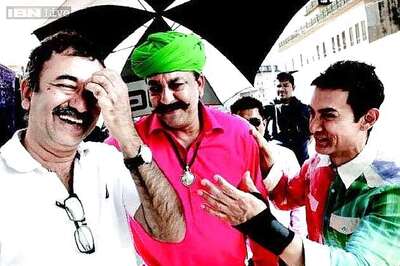
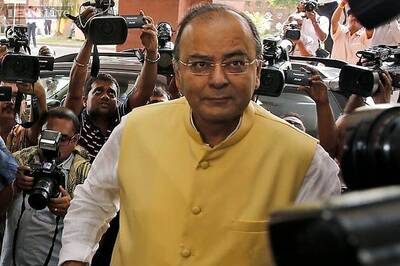
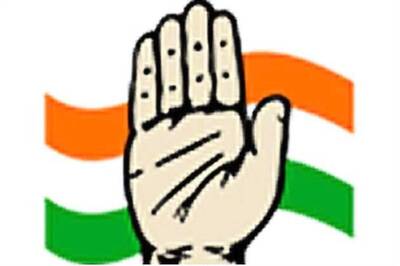


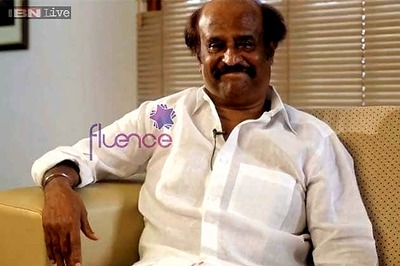

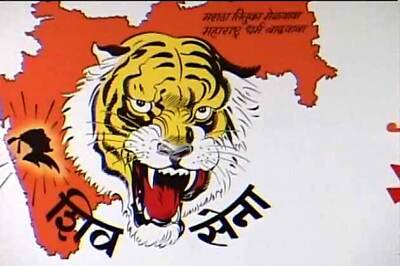
Comments
0 comment